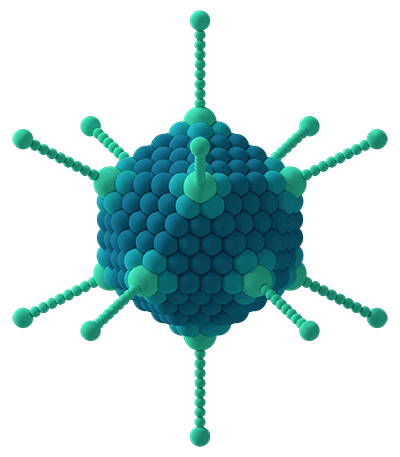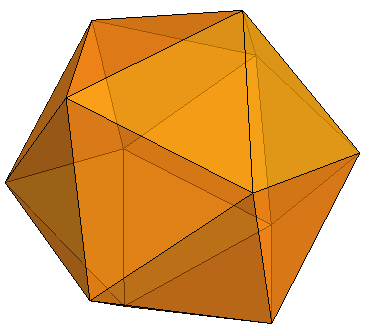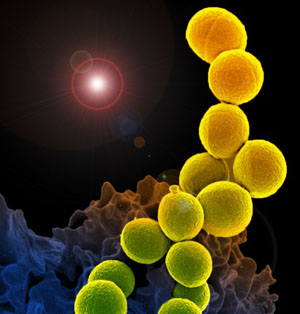Maths and Biology - Geometry
Cells
Here I will discuss implications to cells, related to properties of their surface areas and volumes.
As the radius of a sphere increases, the volume increases much faster than the corresponding surface area. You can plug some numbers on the Sphere calculator on the right in order to check that for yourself.
Imagine a unicellular creature, such as a bacterium (plural bacteria). It must get all its oxygen and food through its outer surface. Such membrane acts as an open gut, and also as lungs. In addition, all the waste products must get out via this same membrane.
There are implications to the size of animals also. A rat is a warm blooded animal, like all mammals. Because it is relatively small for a mammal, it has a relatively large surface area, for its body volume. That is a problem because it will be losing heat through the skin, and the metabolism will have to produce a lot of heat, all the time. Because of this reason, a rat eats about a quarter of its weight every day, and most of this food is used to maintain body temperature. That is also the reason why you don't see rats or other small mammals in the cold regions of the planet.
Virus

Icosahedral virus*
A virus consist of a protein coat that encloses its genetic material. This coat often have complex geometrical shapes, like in this case above where the protein coat has the form of an icosahedral, shape that possesses 20 sides:

Other polyhedra that are relevant to biology include the protein clathrin, which participates in the formation of vesicles:

electron micrography of the protein clathrin*
Radiolaria are protozoa that have a silicon skeleton and live in the sea. They also have complex geometrical structures:

Various radiolaria*
* MRSA image is a courtesy of the National Institute of Allergy and Infectious Diseases (NIAID)
*Calculator image is clip art licensed from the Clip Art Gallery on Discovery
*Icosahedral virus - image by Thomas Splettstoesser (www.scistyle.com)
*Wikipedia - clathrin and radiolaria
NEXT - Probabilities in biology

 Sphere calculator*
Sphere calculator*
